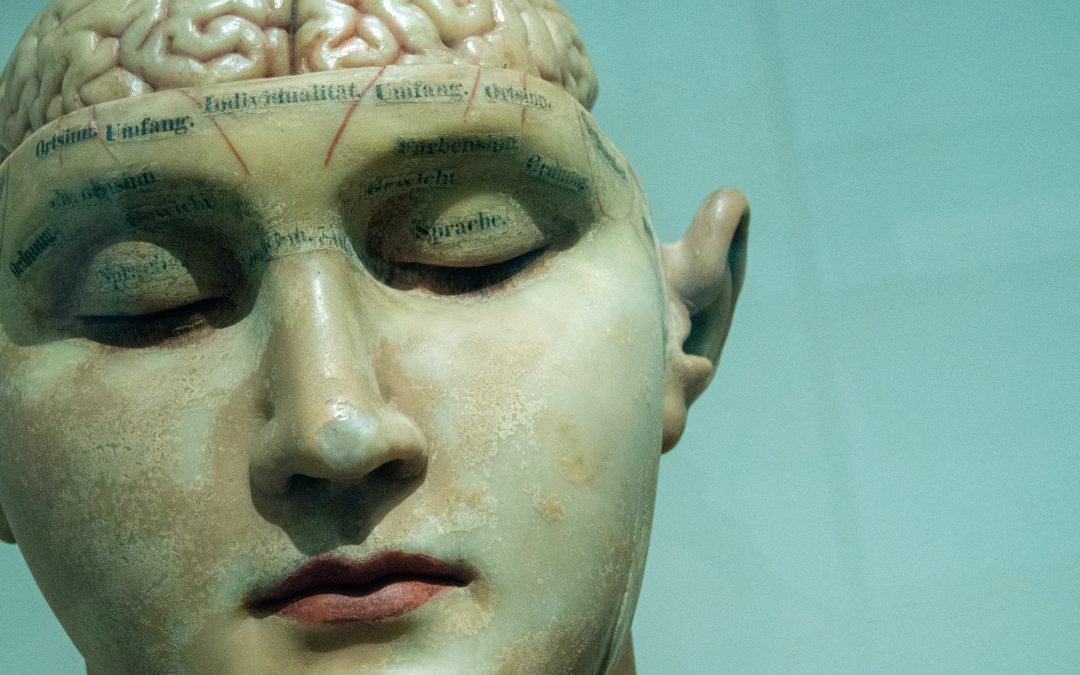Everyone occasionally lacks confidence or experiences self-doubt, but that does not necessarily equate to having low self-esteem. By the same token, many confident and successful people have compromised self-esteem. My previous article Ten signs your self-esteem needs work provides a ten-point checklist to determine whether your self-esteem is compromised.
The good news is that self-esteem can be built! And when you learn how to do it, it will greatly boost your personal growth and happiness.
The current pop psychology on the topic of self-esteem seems to be split into two camps. Some claim self-esteem is formed in childhood, developed by circumstance and that there is little you can do about it. The other camp believes a good dose of self-love is all you need to fix low self-esteem.
The truth is that many judgements, decisions, beliefs, and values combine to create what we commonly call self-esteem.
Adopting the following healthy beliefs, with no conditions attached, will do more than empower and uplift you – it can change your life. (These beliefs are in no particular order.)
- I am okay.
- I belong.
- I deserve to be happy.
- I take full responsibility for what is mine and let go of what is not.
- I matter
- I am enough
- I have what it takes.
- I fully accept all of myself.
- I am good enough
- I am a work in progress.
- I am worthy of love, connection and belonging.
If you can honestly say you believe all these statements to be true, and they are unconditional – congratulations, you are a rare individual. If none of these beliefs rings true for you, your life may be hard, and you might battle to show up or function in a meaningful way when it counts.
Most people live with conditional self-esteem. When you read the list, you probably agree with many of the statements – but only if you attach a condition to it. So instead of saying “I fully accept myself” and ending it there, it is only true when you attach a condition.
So you say “I fully accept myself, when I reach and/or maintain my goal weight” or “I fully accept myself, when I have a good job and enough money in my bank account” etc.
When you add conditions to a belief it creates conditional self-esteem. These conditions standing in the way of healthy self-esteem can be added at any time but are often attached during your formative years and often to protect yourself.
It is important to note that healthy self-esteem is not a fixed state of being. Even people with healthy self-esteem can from time to time discover that they have attached conditions to their personal value.
The following exercise will help you to adjust your thinking and your mindset to reclaim your internal value and delink it from conditions:
- Choose one belief from the list above. The best belief to start with is the one that needs the most work.
- When you think about that belief see if you can name any conditions you have attached to it. (E.g. I am enough when ….. or I am enough if …… )
- Reflect on one condition at a time and ask yourself, “Did I choose this condition – or did I inherit or absorb it from someone or something else?”
- Whilst focusing on that one condition – can you accept that this condition is true for you? (Accepting it does not mean you like it or condone it or that you are settling. It means you accept what is. Acceptance frees up the mental and energetic space to build and create what you want instead.
- Once you have accepted that condition, start thinking about a replacement statement – something that works for you and removes the condition. “I am enough – no matter what” or “I was born enough and always will be”
- Work through the other conditions one at a time, and when you are ready choose another belief to work through.
Self-esteem has a structure. It can be built. For all the tools needed to achieve healthy self-esteem order Tim Goodenough’s Game Changer Protocol here.
To find out more about the benefits of coaching and what’s right for you visit our website: www.coachingunity.com


Recent Comments